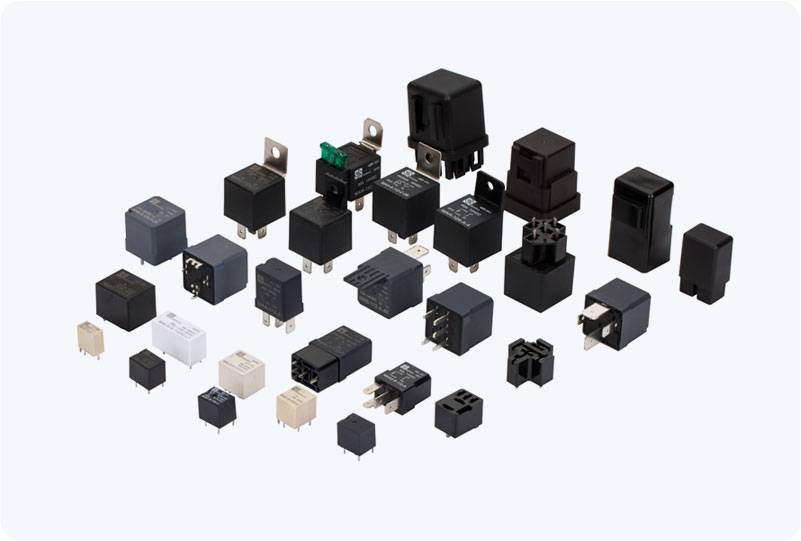Solid State Relays (SSRs) are key components in modern electrical systems, providing reliable and efficient control of electrical circuits. Unlike traditional electromechanical relays, which use physical contacts to open or close a circuit, SSRs operate entirely through semiconductor materials, making them highly efficient, durable, and capable of performing at faster speeds. In this article, we will explore the working principle, advantages, applications, and common considerations when using Solid State Relays.

Working Principle of Solid State Relay At its core, a Solid State Relay is designed to switch electrical signals or control power to a load, such as motors, lights, or heating elements, without any moving parts. An SSR works by using semiconductor devices like diodes, thyristors, or triacs to perform switching operations. The input side of an SSR typically receives a small control signal, which activates the internal semiconductors. These semiconductors then trigger the relay to switch on or off, controlling the high-power output side. The control signal in an SSR can be either AC or DC, and the relay can be used for switching both AC and DC loads. This makes SSRs versatile in their applications across different industries. The most significant difference between an SSR and a mechanical relay is the absence of moving parts, which reduces wear and tear and allows SSRs to last much longer than their mechanical counterparts.
Leave a Reply